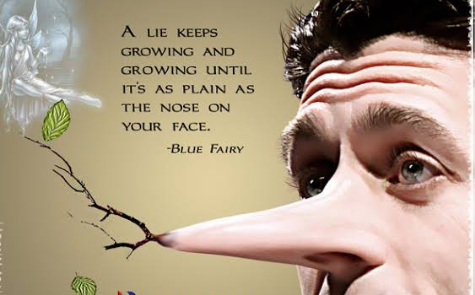What do you think?
Rate this book


262 pages, Paperback
First published January 1, 1883







"ماجد.. دائماً متواجد
ماجد.. لعبة خشبية
ماجد .. موهبة ربانية
أعطاني الله صوتاً ولسان.. أسمع وأرى.. أصحو وأنام
أحب الله.. وأحب الكون
وأريد أن اصبح يوماً إنسان!"


"بينوكيو يمكن أن يُعاش كما نرغب. ككابوس، حلم، عاصفة، بطيخة، الحياة، الموت، كلها ملائمة لأنه أسطورة... بينوكيو هو شخصية ساحرة، مذهلة، مليئة بالنشاط، بالحيوية، بالخيال، بالمتعة، بالشاعرية وبالشناعة أيضاً. إنها تحتوي كل حياة الكائنات الحية، إيماءات كل أرواح العالم، كل البهجة التي يمكن أن نعيشها، لهذا السبب رواية بينوكيو عمل عظيم لا ينتمي لأي زمن. العذاب، المأساة، الحيوات، أسلاك الحديد، قطع الخشب... إنها تحتوي على الحياة نفسها التي تحيط بها."
-روبرتو بينيني
